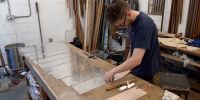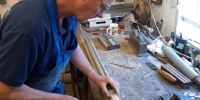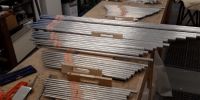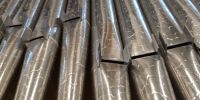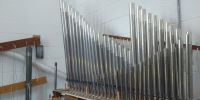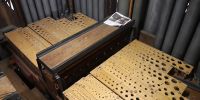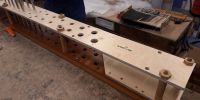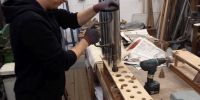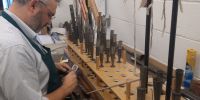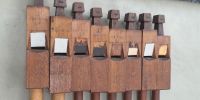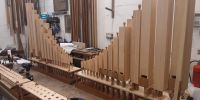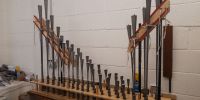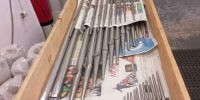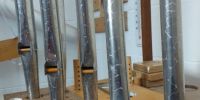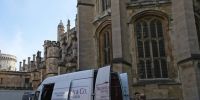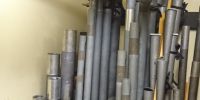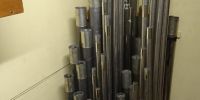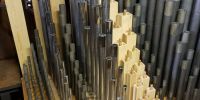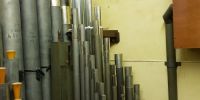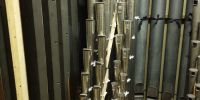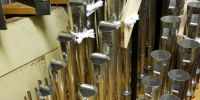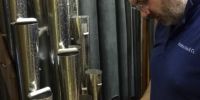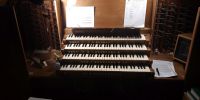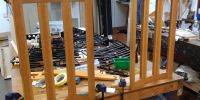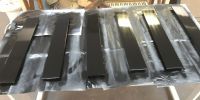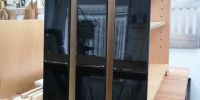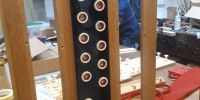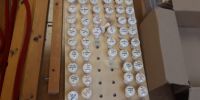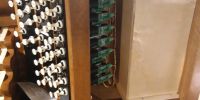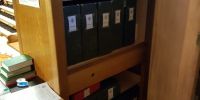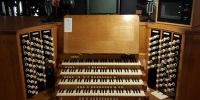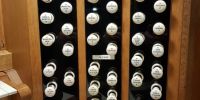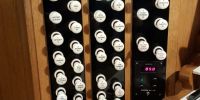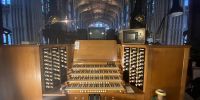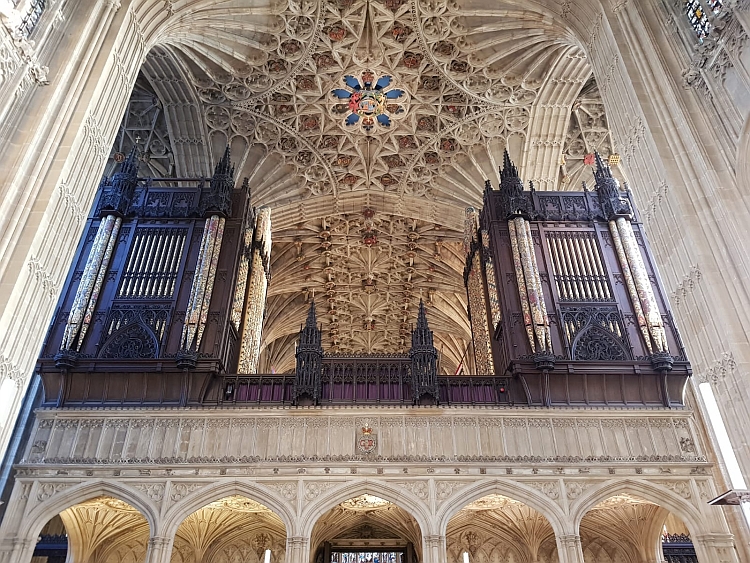
WINDSOR CASTLE
1844 & 1883 Gray & Davison
1930 J.W. Walker & Sons and Frederick Rothwell
1965 IV/72 Harrison & Harrison
Tonal and mechanical work late 2019
Over the centuries, Windsor Castle has been home to many organs. These instruments have been extensively documented in The Organs in Windsor Castle: Their History and Development by Roger Judd (Positif Press, 2015).
The main portion of Roger Judd’s book is taken up with the history of the organs that have been associated with St George’s Chapel. In 1790, Samuel Green built an organ for the chapel which was placed centrally on the screen. Over the following decades, the instrument was rebuilt and enlarged by various organ builders (Gray & Davison in 1844 and 1883; joint work in 1930 by J.W. Walker & Sons and Frederick Rothwell) culminating in a far-reaching scheme, amounting essentially to a new organ, by Harrison & Harrison in 1965 to a tonal design by the then Organist and Master of the Choristers, Dr Sidney Campbell (1909–1974).
The organ is laid out as follows: the Swell division above the Choir Organ in the north case; the Solo Organ, Great Cornet and reeds above the Great Organ in the south case; the pedal stops on both sides; and the Screen Choir Organ is in a separate case, facing east.
Since 1965, the chapel’s organ has been cleaned and overhauled and some restoration work and minor tonal revisions has been undertaken at various times. For example, a planned series of work has been undertaken since 2013 to the slider actions and the winding system to ensure the organ’s reliability in the short- to medium-term.
In 2019, the Dean and Canons invited Nicholson & Co. to assume responsibility for the regular care and maintenance of the chapel’s organ, and to undertake the following programme of tonal and mechanical work:
1. increasing the stability of the tuning of certain stops, particularly the reed stops of the Swell Organ;
2. replacement of other stops which were compromised due to the quality of the pipework;
3. re-evaluation of the tonal balance of the divisions and, in particular, to consider the role the organ plays in the daily liturgical life of the chapel whilst respecting the underlying tonal concept;
4. updating the drawstop actions to the console and provision of a Sub Octave coupler to the Swell Organ (the latter necessitating the making of all-new jamb plates);
5. provision of enclosed shelving for music in the space created from the removal of the old jamb-machines;
6. deepening of the key touch depth to all manuals; and
7. new ‘clamshell’ light fittings installed on console.
This work was undertaken throughout autumn 2019. Many ranks of pipes were transported to Malvern for cleaning and attention to speech, including, in liaison with the chapel’s musicians, some revoicing and rebalancing. Some new and some good-quality second-hand pipework has also been introduced. A detailed description of the tonal work can be found in the attached document. It has been our privilege to have contributed to the latest chapter in the long and continuing development of this famous organ.


